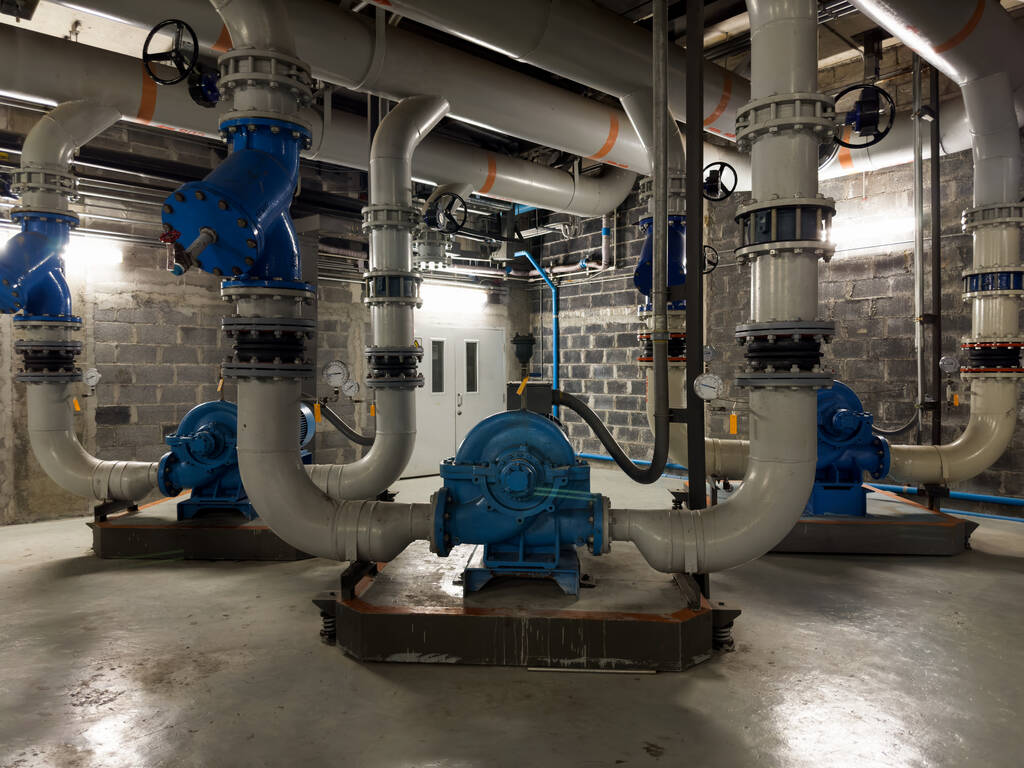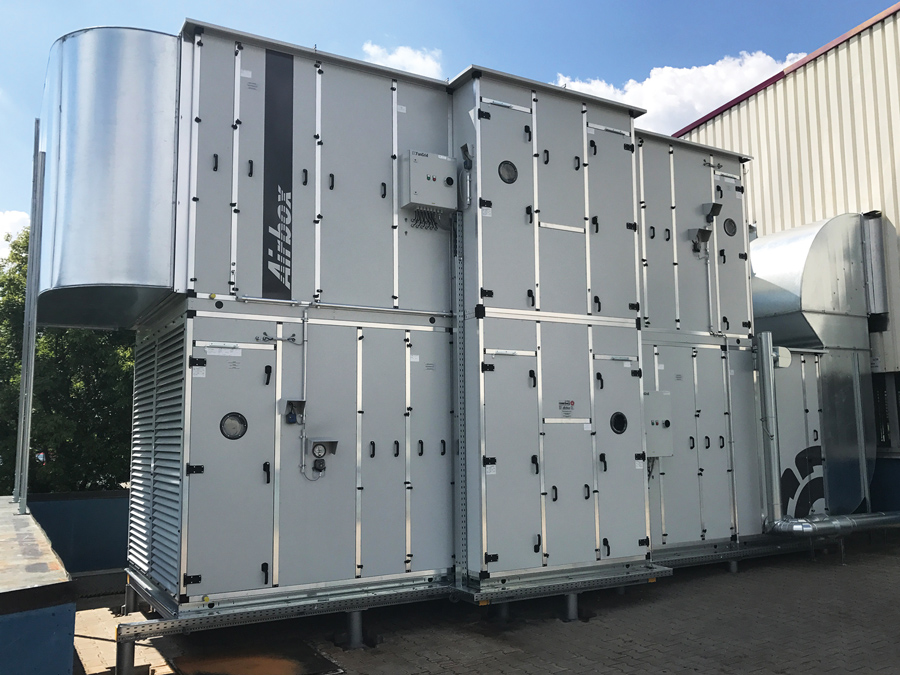In the world of modern building management, indoor climate control is no longer a luxury it’s a necessity. From hospitals and shopping malls to office blocks and manufacturing facilities, every commercial space relies on efficient heating, ventilation, and air conditioning (HVAC) systems to maintain optimal air quality and comfort. At the heart of these systems are two critical components: Chillers and Air Handling Units (AHUs).
These two systems work hand in hand to deliver cooled or heated air efficiently throughout a building, enabling temperature regulation, humidity control, and fresh air circulation. While often hidden behind mechanical rooms and basements, chillers and AHUs are responsible for creating the comfortable environments we experience every day.
What Are Chillers?

Chillers are large systems that remove heat from a liquid, typically water, through a refrigeration cycle. The cooled water is then circulated through the building to provide air conditioning.
-
The Water-Cooled Chiller is the main unit generating cold water.
-
This water travels through blue pipelines toward the AHU coils, where it absorbs heat from the air.
What Are Air Handling Units (AHUs)?

AHUs are devices that condition and distribute air throughout a building. They contain fans, filters, coils, and sometimes heating or humidification elements.
How the Cycle Works:
-
Chiller cools water.
-
Water is pumped to AHUs, cooling the air.
-
Warmed water returns to the Chiller for re-cooling.
-
Excess heat is sent to the Cooling Tower and expelled.
-
When heating is needed, the Boiler supplies hot water to the AHU coils instead.
Why It Matters:
These systems are the backbone of energy-efficient HVAC solutions, especially in hospitals, malls, data centers, and manufacturing plants. By optimizing how we heat and cool buildings, we not only reduce energy costs but also support sustainability goals.

